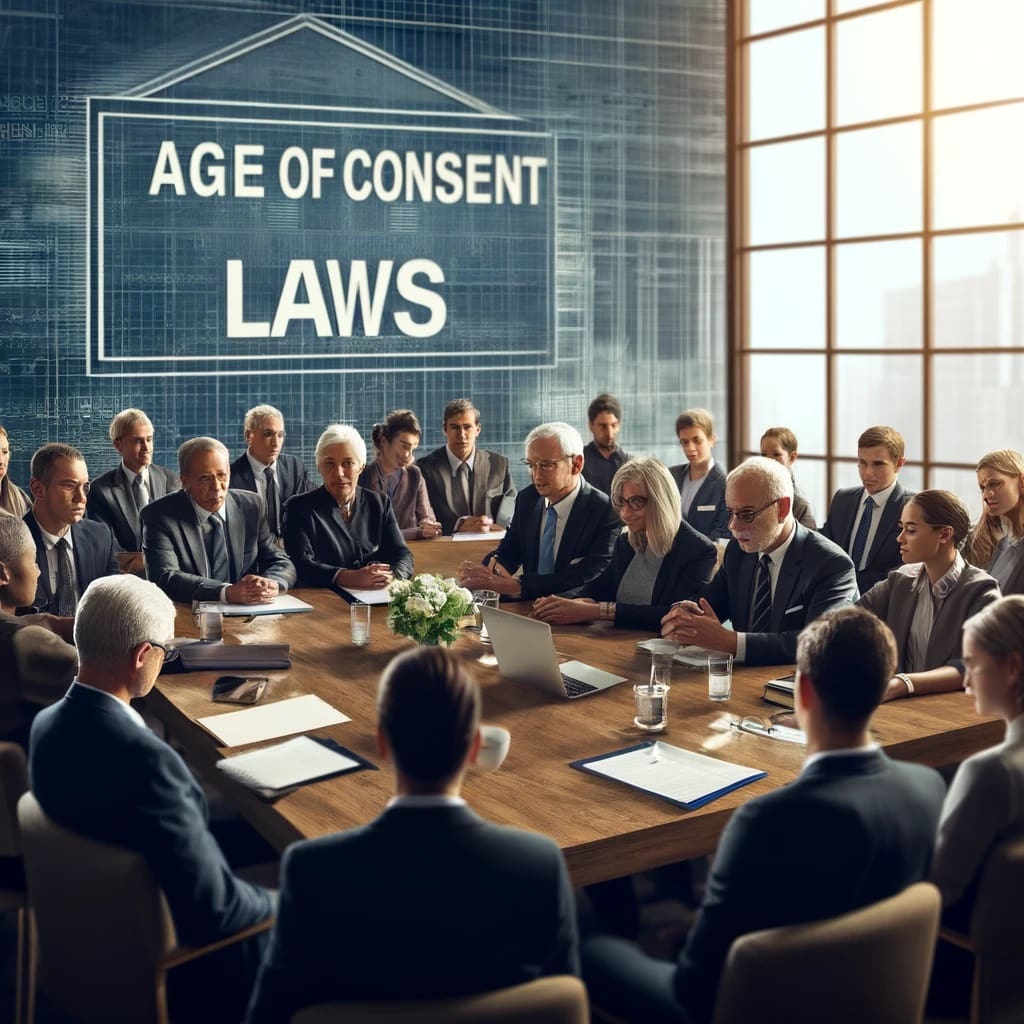What Are Prohibited Consensual Sexual Activity Laws in United States?
Prohibited consensual sexual activity laws in the United States encompass a complex web of federal and state regulations that define the boundaries of legal sexual conduct between consenting individuals. These laws address various aspects of sexual behavior, including the age of consent, statutory rape, sodomy laws, and other restrictions on sexual activities that may be […]
Read More

